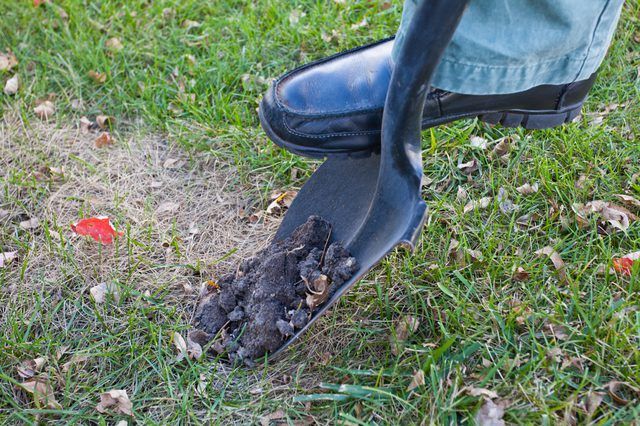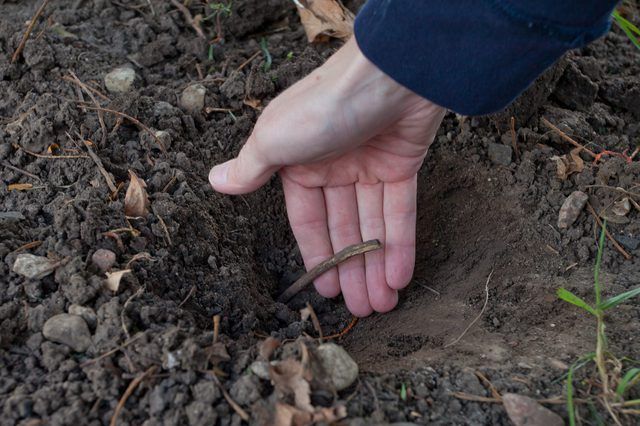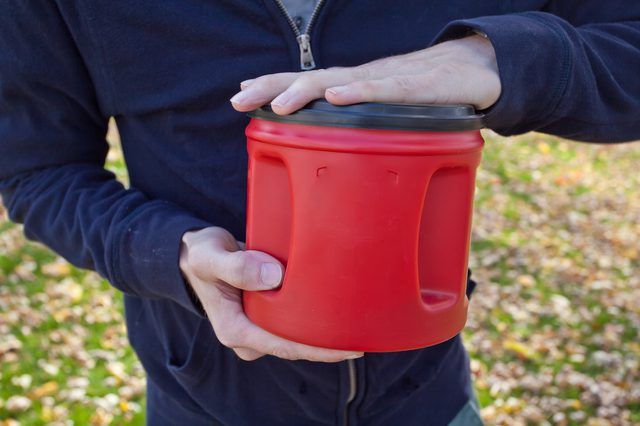Bulbs
Flower Basics
Flower Beds & Specialty Gardens
Flower Garden
Garden Furniture
Garden Gnomes
Garden Seeds
Garden Sheds
Garden Statues
Garden Tools & Supplies
Gardening Basics
Green & Organic
Groundcovers & Vines
Growing Annuals
Growing Basil
Growing Beans
Growing Berries
Growing Blueberries
Growing Cactus
Growing Corn
Growing Cotton
Growing Edibles
Growing Flowers
Growing Garlic
Growing Grapes
Growing Grass
Growing Herbs
Growing Jasmine
Growing Mint
Growing Mushrooms
Orchids
Growing Peanuts
Growing Perennials
Growing Plants
Growing Rosemary
Growing Roses
Growing Strawberries
Growing Sunflowers
Growing Thyme
Growing Tomatoes
Growing Tulips
Growing Vegetables
Herb Basics
Herb Garden
Indoor Growing
Landscaping Basics
Landscaping Patios
Landscaping Plants
Landscaping Shrubs
Landscaping Trees
Landscaping Walks & Pathways
Lawn Basics
Lawn Maintenance
Lawn Mowers
Lawn Ornaments
Lawn Planting
Lawn Tools
Outdoor Growing
Overall Landscape Planning
Pests, Weeds & Problems
Plant Basics
Rock Garden
Rose Garden
Shrubs
Soil
Specialty Gardens
Trees
Vegetable Garden
Yard Maintenance
How to Get Rid of Moles Damaging Your Yard
How to Get Rid of Moles Damaging Your Yard. Moles are furry little digging machines, and although they usually don't eat plants, they can cause considerable indirect damage to grass, shrubs and flowers. Controlling them is no simple feat; folk remedies abound, but the only really effective ones are trapping and deploying underground barriers. If...
Moles are furry little digging machines, and although they usually don't eat plants, they can cause considerable indirect damage to grass, shrubs and flowers. Controlling them is no simple feat; folk remedies abound, but the only really effective ones are trapping and deploying underground barriers. If you find the prospect of skewering these varmints distasteful, then try a non-lethal trapping method, or just wait for them to die, which takes about three years.

Moles are bad for your yard. They don't eat plant roots, but their tunnels undermine the soil and harm roots. When the tunnels are too close to the roots of a shrub or young tree, the plant may die of undernourishment. Moles create their tunnels while searching for grubs, larvae and earthworms. If a mole has moved into your yard, it probably has created a main tunnel system and a number of feeder tunnels. Your yard may be dotted with piles of soil and lined with raised soil along walkways and next to buildings. Those soil disturbances are evidence of shallow feeder tunnels.

If your yard has mole tunnels, you may think a whole family of moles has invaded, but all the symptoms you see probably were caused by a single animal. Moles are solitary and territorial, and they fight to the death over control of a feeding ground. Those factors simplify a mole-control strategy because if you capture the mole that invaded your property, your yard is safe, unless another mole moves into the abandoned territory. Once a mole is gone, however, its tunnels become attractive to voles, which are rodents and, unlike moles, feed on roots.

The best way to protect your lawn from moles and voles is to create an underground barrier, and it should be in place before you go after the existing mole. One option is to use 2-foot-tall hardware cloth with 1/4-inch holes as a barrier along your yard's perimeter. The barrier's bottom needs to be buried; 1 or 2 inches of the bottom portion should extend vertically, or straight downward, below the soil surface, and the next 6 inches of the bottom section should be bent at a 90-degree angle so that section points away from the yard, creating a horizontal barrier that discourages moles and voles from tunneling. An alternative is to dig a 36-inch-deep trench around your yard and fill it with something through which moles can't tunnel, such as gravel.

To construct a non-lethal trap, dig through a main mole tunnel and keep digging to create a pit underneath it. Put an empty, 3-quart coffee can in the pit, with the can's opening just below where the tunnel was and below where the tunnel still exists on two sides of the hole. Cover the hole with a piece of plywood, with the plywood lying on the soil surface that surrounds the hole. When the mole moves through the tunnel, it should fall into the coffee can. Remove the plywood and check the can daily; relocate the mole when you catch it, but ask your county's or city's wildlife officer where the mole can be released legally.
